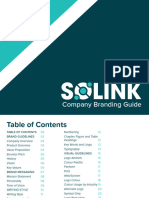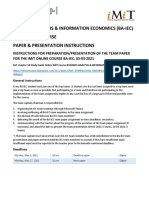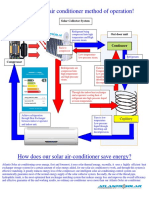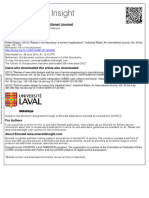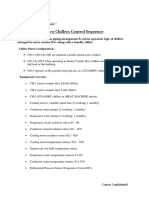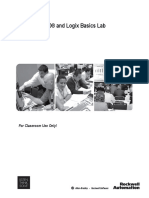0% found this document useful (0 votes)
1K views15 pagesAI Workflow Automation A Comprehensive Guide
AI workflow automation utilizes artificial intelligence to enhance business processes by reducing manual tasks and increasing efficiency. The guide outlines the differences between AI and traditional automation, key benefits of AI, a structured approach to implementation, and various AI tools available for businesses in 2025. It emphasizes the importance of careful planning, employee training, and continuous optimization to successfully integrate AI into workflows.
Uploaded by
Tony PijpersCopyright
© © All Rights Reserved
We take content rights seriously. If you suspect this is your content, claim it here.
Available Formats
Download as DOCX, PDF, TXT or read online on Scribd
0% found this document useful (0 votes)
1K views15 pagesAI Workflow Automation A Comprehensive Guide
AI workflow automation utilizes artificial intelligence to enhance business processes by reducing manual tasks and increasing efficiency. The guide outlines the differences between AI and traditional automation, key benefits of AI, a structured approach to implementation, and various AI tools available for businesses in 2025. It emphasizes the importance of careful planning, employee training, and continuous optimization to successfully integrate AI into workflows.
Uploaded by
Tony PijpersCopyright
© © All Rights Reserved
We take content rights seriously. If you suspect this is your content, claim it here.
Available Formats
Download as DOCX, PDF, TXT or read online on Scribd
/ 15
















